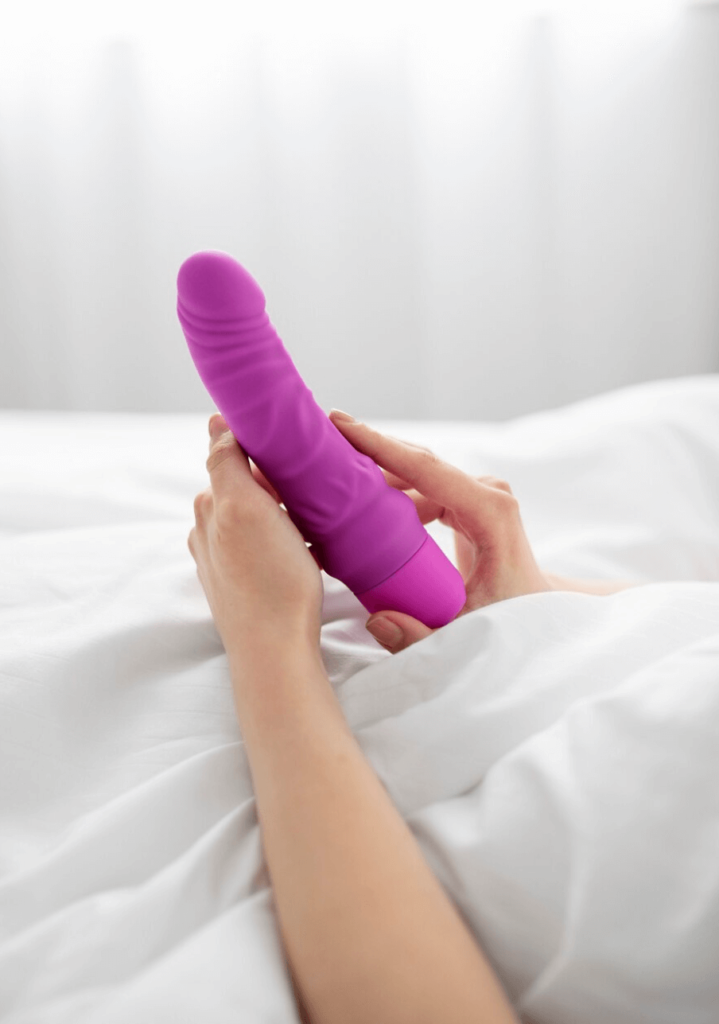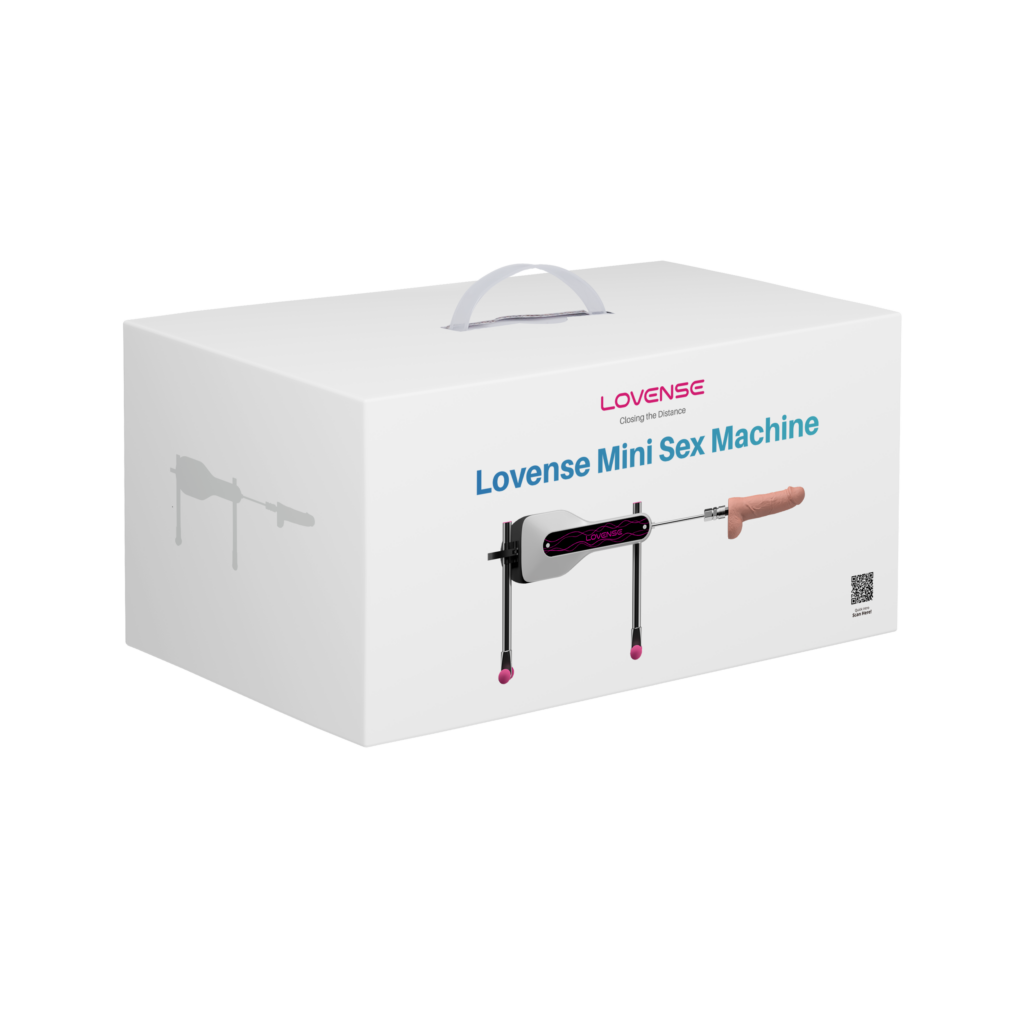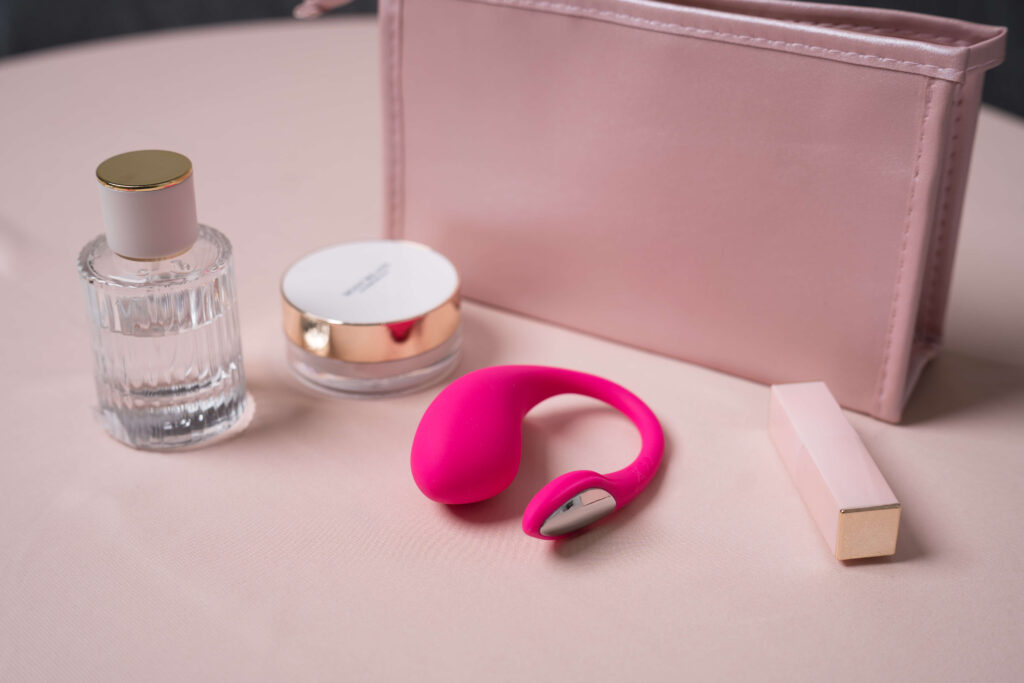How can I self lubricate for anal toys?

Self-Lubrication
We’ve all heard the term “self-lubrication” thrown around, but what does it really mean? Self-lubrication refers to the body’s natural ability to produce fluids that reduce friction. It’s nature’s way of ensuring that certain biological processes, especially those related to reproduction and intimacy, take place smoothly.
However, when we dive into the realm of anal play, things get a bit more intricate. Unlike some other parts of the body, the anal region doesn’t naturally produce a lot of lubrication. That’s why, when introducing toys into the mix, we need to be particularly attentive.
Why does this matter? Well, imagine trying to slide down a dry slide. Not very comfortable, is it? The same principle applies here. Proper lubrication ensures that the experience is pleasurable and safe. Now, you might be wondering…
“Is there a way to boost self-lubrication? Or are we completely reliant on external products?”
Let’s explore.
The Science Behind Natural Lubrication
The body is a marvel, isn’t it? When it comes to lubrication, there’s a whole science behind it. Our body produces different fluids, each with its unique composition and purpose. For instance, saliva in our mouth helps in digestion, while tears lubricate our eyes.
In the context of intimacy, the body produces natural lubricants to aid in sexual activities. This lubrication is primarily influenced by various factors like hormones, hydration level, and even emotional state. However, remember the slide analogy? Without going into too much biology, it’s safe to say that the back door’s slide isn’t as slick as nature might have intended.
So, what’s the solution? External lubricants! But before we delve deeper, let’s take a quick glance at a comparative chart.
Types of Lubricants: Pros and Cons
When you step into a store or browse online, the sheer variety of lubricants can be overwhelming. How do you choose? Well, we’ve got your back. Below is a table highlighting the most common types of lubes and their respective pros and cons.
| Type | Pros | Cons |
|---|---|---|
| Water-based | Compatible with most toys, Easy to clean | Tends to dry quickly |
| Silicone-based | Long-lasting, Silky smooth | Not always compatible with silicone toys |
| Oil-based | Natural feel, Moisturizing | Can degrade latex, Not always toy-friendly |
By understanding the various lubricants and their properties, we empower ourselves to make informed choices. It’s a lot like choosing between tea, coffee, or hot chocolate. Each has its mood, occasion, and preference, doesn’t it?
Now, with this foundational knowledge, you’re set to explore the vast and slippery world of lubes. Curious about more natural alternatives or perhaps some DIY solutions? Stick around, and we’ll dive deep into those waters soon!

Natural Alternatives to Boost Lubrication
While the market offers a plethora of commercial lubricants, there’s a growing interest in natural and homemade solutions. Understandably, some individuals prefer ingredients they recognize or have control over. After all, we often ask,
“Why not go natural when we have the chance?”
Let’s journey into the world of natural lubricants and weigh their pros and cons.
Aloe Vera: Nature’s Slippery Gift
Known for its healing properties, Aloe Vera also serves as an excellent natural lubricant. Its gel-like consistency mirrors many water-based commercial products.
- Pros:
- Moisturizing
- Suitable for sensitive skin
- Easy to source or grow
- Cons:
- Might need reapplication more often than commercial lubes
It’s worth noting that if you decide to go for an Aloe-based lubricant or use the plant directly, ensure it’s 100% pure and free from additives.
Coconut Oil: Tropical Smoothness
Coconut oil has stormed its way into our kitchens, skincare routines, and yes, bedrooms. Its natural and silky texture makes it a favorite for many.
- Pros:
- Long-lasting
- Natural antimicrobial properties
- Edible (because, why not?)
- Cons:
- Not latex condom compatible
- Can stain fabrics
While it might seem like the perfect pick, it’s essential to understand its compatibility limits, especially with latex products.
Olive Oil: The Mediterranean Secret
Another kitchen favorite, olive oil, is rich and offers a luxurious feel, making it another natural option to consider.
- Pros:
- Highly moisturizing
- Rich consistency
- Cons:
- Heavy feel might not be for everyone
- Again, not latex friendly
We recommend conducting a patch test before fully embracing any natural lubricant. Our bodies are as unique as our fingerprints, and what works wonders for one might not sit well with another.
What Experts Say: Weighing Natural vs. Commercial
It’s enticing to believe that natural always means better. But is that the case here? Let’s break it down. Experts in the field often highlight the importance of pH levels, especially in intimate areas. A misbalance can lead to discomfort or even infections.
Dr. Jane Doe, a renowned sexologist, states:
“While nature offers bountiful solutions, it’s crucial to understand our body’s unique requirements. Sometimes, a commercial product, formulated after extensive research, might be more suited for specific needs.”
Therefore, while natural lubricants have their charm and benefits, commercial ones come backed with research catering to various needs and scenarios.
Ever wondered how to choose the right one for specific toys or scenarios? In our next section, we’ll delve deep into pairing lubricants with different materials and the science behind it. Stay tuned!
Pairing Lubricants with Different Materials
When considering lubricants, the type of material you’re pairing it with is paramount. Not all lubes are universal, and what works seamlessly with one material might degrade or harm another. So, how does one choose wisely?
Silicone Toys: A Slippery Slope
Silicone toys have become increasingly popular due to their soft, skin-like feel. However, they require special attention when it comes to lubrication.
- Pros of using water-based lubes:
- Won’t degrade the toy material
- Easily washable
- Compatible with all condom types
- Cons:
- Might need frequent reapplication
- Some may contain glycerin, which can cause irritation
Did you know? Silicone-based lubricants can damage silicone toys by making them tacky. It’s always best to read the label and, when in doubt, opt for water-based alternatives.
Glass and Metal Toys: Glide and Shine
These are non-porous materials, offering a distinct smoothness. They’re compatible with a range of lubricants.
- Pros of using silicone-based lubes:
- Longer lasting
- Creates a slicker feel
- Less is more; you’ll need less product
- Cons:
- Not always safe with latex condoms
- Can be tricky to wash off
“Choosing the right lubricant is akin to pairing wine with a meal. The right combination can enhance the experience manifold,” muses Dr. John Smith, a seasoned sexual health expert.
Latex and Rubber Toys: A Classic Pair
While old-school, these materials are still in circulation, and their compatibility is vital.
- Pros of using oil-based lubes:
- Thick and cushiony feel
- Stays on longer in water
- Cons:
- Can degrade latex condoms
- Potential to clog pores
It’s always a game of balance. Just as you wouldn’t put diesel in a gasoline car, ensure you’re fueling your intimate moments with the right type of lubricant.

Understanding the Science: Why Does It Matter?
As we journey deeper into the world of lubrication, understanding the science behind it isn’t just for the curious minds; it’s for everyone aiming to elevate their experience.
Table: pH Levels of Common Lubricants
| Lubricant Type | Average pH Level | Compatible With |
|---|---|---|
| Water-Based | 4.5 – 5.5 | Most Materials |
| Silicone-Based | 5.5 – 6.5 | Non-Silicone Toys |
| Oil-Based | 6.0 – 7.0 | Non-Latex Products |
Maintaining the right pH balance is more than just a number game; it’s about ensuring the health and well-being of our most intimate areas.
Up next, we’ll explore the stories of those who switched to natural lubricants and the transformative effects they witnessed. Whether you’re a skeptic or a believer, their tales might just sway your next choice!
The Natural Shift: Organic and DIY Lubricants
In today’s health-conscious society, it’s no surprise that a growing number of individuals are shifting towards natural and organic alternatives for almost everything, including lubricants. But what’s the real deal?
Aloe Vera: Nature’s Slippery Gift
The aloe plant is celebrated for its soothing properties. Beyond just treating sunburns, it’s a wonderful natural lubricant.
- Pros:
- Gentle on the skin
- pH balanced for vaginal health
- Free from harmful chemicals
- Cons:
- May dry up quicker than commercial lubes
- Not always compatible with all toy materials
Have you ever pondered, “What if our ancestors had the secret to a perfect natural lubricant all along?” Well, Aloe Vera might just be their timeless gift to us.
Coconut Oil: Tropical Delight
This fragrant oil has taken the wellness industry by storm, from being a superfood to a skincare savior. And yes, it’s found its way into the bedroom too!
- Pros:
- Long-lasting
- Contains natural antimicrobial properties
- Leaves skin feeling soft and moisturized
- Cons:
- Not safe with latex products
- Might stain fabrics
Remember! While it’s a delightful natural alternative, always spot-test any new product, even if it’s as pure as coconut oil.
DIY Lubricants: A Foray into Homemade Solutions
With more people opting for homemade solutions, the world of DIY lubricants is expanding.
- Key ingredients: Flaxseed gel, chia seed gel, egg whites
- Safety tip: Always ensure freshness to avoid bacterial growth.
Choosing to go DIY means taking control of what goes on your body. It’s empowering, but also comes with its own set of responsibilities.
Lubrication Beyond Pleasure: Health Implications
While the immediate thought around lubrication is often pleasure, it’s imperative to discuss the broader health implications. Lubrication isn’t merely a luxury; at times, it’s a necessity.
Addressing Vaginal Dryness
A concern for many, especially post-menopausal women, vaginal dryness can lead to discomfort and pain. Proper lubrication can be more than just enhancing pleasure; it can be therapeutic.
“Pleasure and comfort are intertwined. One can’t exist without the other,” reflects Jane Doe, a gynecologist with over two decades of experience.
Preventing Injury and Reducing Friction
Using lubrication can prevent potential injuries like tears, which can lead to infections or other complications. Safety first should always be the motto!
Enhancing Intimacy and Connection
A smooth experience can significantly enhance intimacy, making moments more memorable and strengthening connections.
Conclusion: A Slippery Slope to Satisfaction
In the vast world of lubrication, finding the perfect fit can seem daunting. Whether you’re exploring new materials, dabbling in DIY, or seeking solutions for health concerns, knowledge is power. Dive in, experiment, and remember: the best experiences are often a mix of the right elements and a dash of adventure. Choose wisely, and here’s to many slippery, satisfying journeys ahead!


